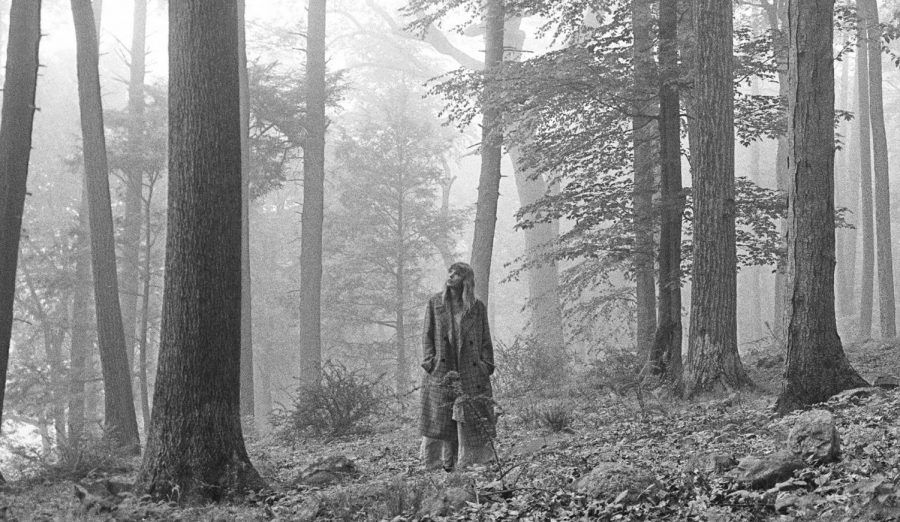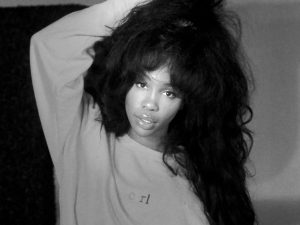Album review: ‘folklore’ by Taylor Swift
Taylor Swift’s newest album folklore was released on July 23, 2020. The album came as a surprise to listeners and was completely written and produced during quarantine.
September 22, 2020
For the past few years I had thought that Taylor Swift was an artist of the past. While I heard about her albums Lover and Reputation it didn’t seem like the entire albums got traction but rather only a few select songs. If I’m being honest, the last time that I really listened to Swift’s music regularly was when 1989 came out six years ago which seems to be a common sentiment among other teens that I’ve talked to. However, with Swift’s newest album ‘folklore’ it seems as though everything about Swift has potentially changed for the better.
Folklore is Swift’s eighth studio album and was released less than a year after Lover, her second most-recent album. Both albums were produced under Republic Records after Swift parted with her previous record label Big Machine Records. While most of Swift’s albums have been primarily pop and rock, folklore is definitely more alternative with elements of pop. Most of the songs in folklore are mellow and slow-paced compared to her previous very up-beat and ‘happy’ songs. However, Swift contrasts her slow-pace with anecdotes of her expanded vocal range which can be seen in cardigan, august, and the last great american dynasty.
There are numerous themes and motifs sprinkled throughout folklore, but one of the main recurring ideas is the imagery of a teenage love triangle. Swift has specifically mentioned that folklore has three songs that are based around this love triangle and as far as I can tell these songs are betty, cardigan, and august. All three of these songs focus on a different point of view between the people in the love triangle. This imagery doesn’t seem to necessarily be based on her own experiences, but is a fictional scene that Swift built. Despite the story being potentially fictional, these songs demonstrate the importance of multiple points of perspective and how the same event can be altered based on historical and cultural tendencies that are unique to each individual.
Other motifs in folklore include Swift reflecting on her fame, previous public decisions, and her relationship with herself and others. These motifs can be seen particularly in songs such as mirrorball, this is me trying and mad woman. While I could spend hours analyzing the songs in folklore, the most important message is that Swift is reinventing everything. Swift was leading every step of the process to the point of her doing her own hair, makeup, and costumes in her cardigan music video in order to follow social distancing guidelines. She isn’t letting anyone stand in her way regardless of the public backlash she may face (shown in mad woman and mirrorball) and she’s drawing imagery from stories that expand beyond her own experiences (shown in epiphany and the last great american dynasty).
I’d recommend folklore to everyone regardless of music tastes and previous experiences with Swift’s music. I genuinely think there is something for everyone within this album and I am so excited for what Swift has next in store.
You can stream folklore on YouTube, Spotify, or iTunes.











